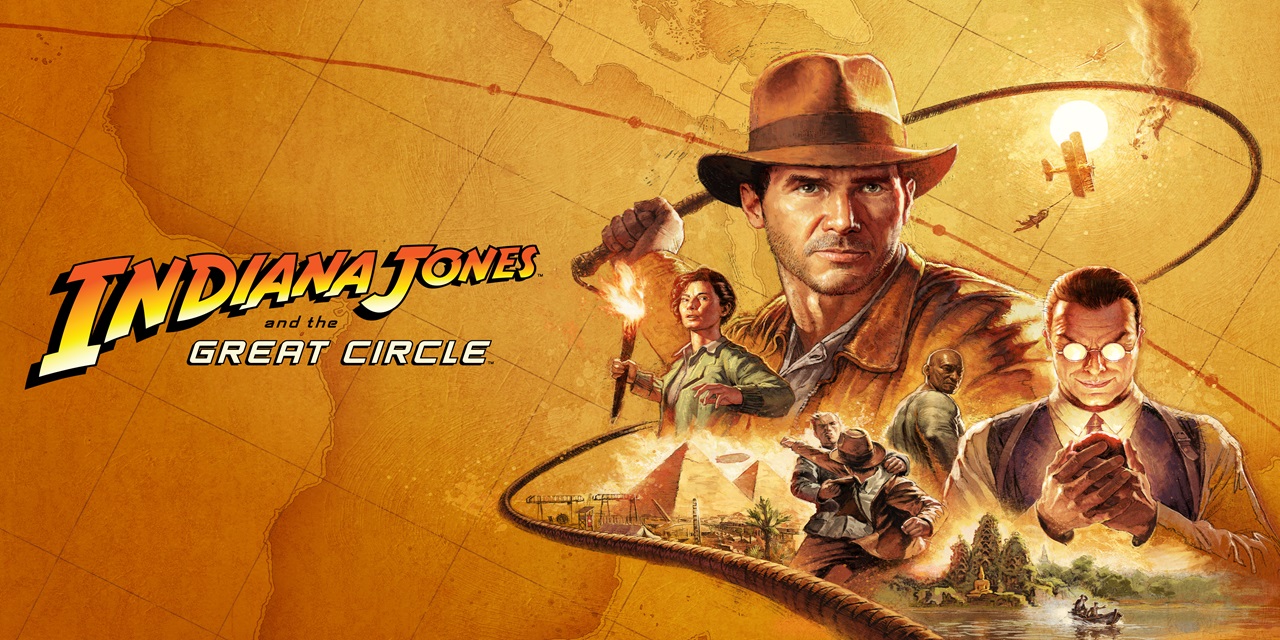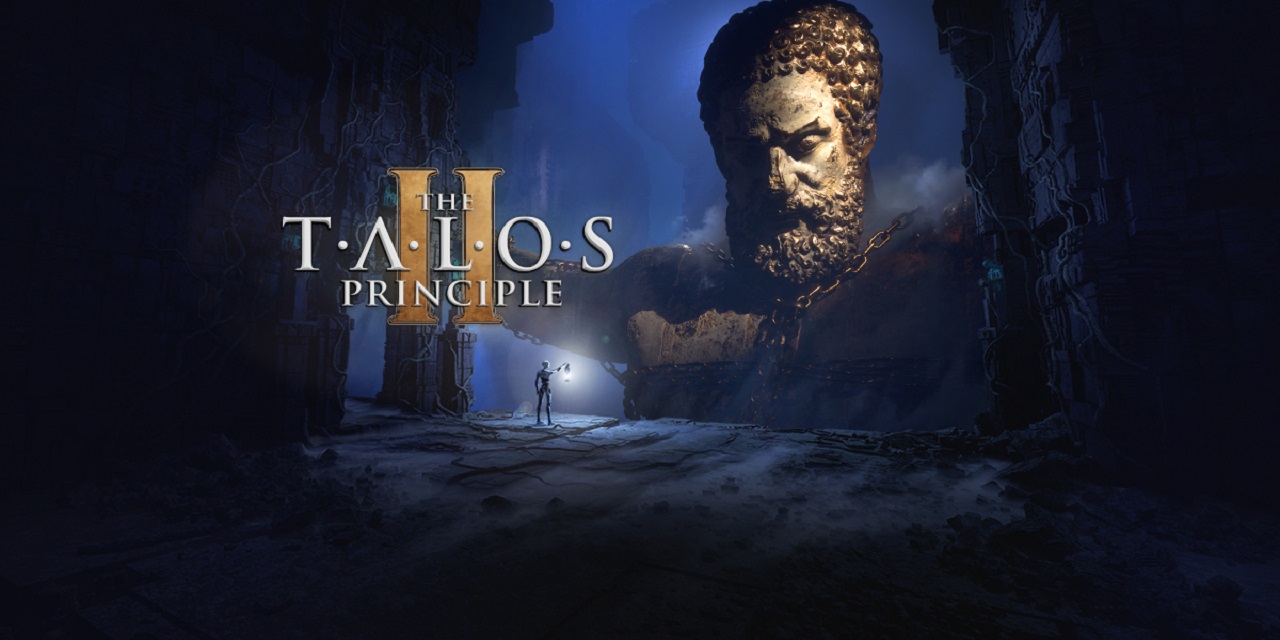For fans of classic adventure and puzzle-solving, the release of Tomb Raider IV-VI Remastered by Aspyr gives us an opportunity to revisit, or experience for the first time, a pivotal era in Lara Croft’s journey, and puzzle adventure games in general. This collection breathes new life into three distinct entries in the iconic series: The Last Revelation (1999), Chronicles (2000), and The Angel of Darkness (2003). I was more of an Indiana Jones fan back then than Lara Croft, but I do have fond memories of that era and playing Indiana Jones and the Emperor’s Tomb (2003). For me this was a good opportunity to play through these three Lara Croft games both in their original and remastered forms.
While the core gameplay and narrative remain faithful to their late 90s and early 2000s origins, this remaster offers a blend of modernisation and preservation. The most immediate and noticeable upgrade in Tomb Raider IV-VI Remastered is the visual overhaul applied to these three specific titles. Aspyr Media has meticulously gone through each game, injecting them with a fresh coat of high-resolution textures and updated character models. Lara Croft, in particular, benefits greatly, her iconic attire and features now rendered with significantly more detail, especially noticeable in The Last Revelation and Chronicles.


The environments, from the sun-drenched tombs of ancient Egypt in The Last Revelation to the diverse locales of Chronicles and the more atmospheric settings of The Angel of Darkness, have received a substantial facelift. While the underlying geometry remains largely the same, the higher-resolution textures and improved lighting create a much more visually appealing experience. The intricate hieroglyphs, the dusty corridors, and the detailed architecture now possess a greater sense of depth and realism. Sunlight streams through ancient ruins, casting more convincing shadows, and the environments feel less blocky and more immersive.
The core polygonal models and animations, while cleaned up and smoothed out, still retain their original feel. What I found really cool was the ability to press F1 and the graphics would shift back to their original 90s/00s authenticity. I love it when games do this, like the Monkey Island remakes, and allows players to appreciate how far games have come in 25 years. Beyond the visual enhancements, the core gameplay of Tomb Raider IV-VI remains largely untouched, and this is a key aspect of the experience.


These games are firmly rooted in the classic “tank controls” era, where movement is relative to the position of Lara, rather than the perspective of the game camera which is slightly distant from her. This control scheme can feel less intuitive and disorienting at times, and it meant I fell off ledges far more than I would admit to, especially if you’re required to jump across or swing across a large gap. There were many frustrating plunges into the depths below while I got used to the control scheme, and this may be a turn off for modern gamers.
However, for those who appreciate the deliberate and methodical nature of this control scheme, it’s a welcome return. The precise timing required for jumps, the careful manoeuvring around traps, and the strategic use of Lara’s arsenal are all still present and challenging. The puzzle-solving remains a central pillar of the experience, demanding observation, deduction, and environmental manipulation to progress. This is a hallmark of the classic Tomb Raider and puzzle game formula and is well-preserved in this remaster across all three titles.


The audio experience in Tomb Raider IV-VI Remastered is another area where the remaster truly shines. The iconic musical scores, which played a crucial role in setting the atmosphere and building tension in each of these games, have been remastered and sound fantastic. The sound effects have also been updated, with more crisp and detailed audio cues for Lara’s movements, weapon fire, and environmental interactions. While some of the voice acting might sound a little dated by modern standards, it retains its charm and adds to the nostalgic experience, particularly for fans of the original releases.
Tomb Raider: The Last Revelation (IV) stands out as a strong entry, offering a compelling narrative focused on Lara’s adventures in Egypt, filled with engaging environments and intricate puzzles that truly test the player’s intellect. The sense of exploring ancient tombs and uncovering lost secrets is palpable.
Tomb Raider Chronicles (V) provides a more episodic structure, with Lara recounting past adventures. This leads to a diverse range of locations and gameplay styles, offering a refreshing variety within the familiar Tomb Raider framework. Each story segment has its own unique flavour and challenges.
Tomb Raider: The Angel of Darkness (VI), the remaster allows players to experience its more narrative-driven approach and attempt at introducing RPG elements with improved visual fidelity. Several additions were made by Aspyr to include restored gameplay elements and areas, cut voice lines, and abilities unique to the second player character Kurtis Trent.


Overall, Tomb Raider IV-VI Remastered provides a massive nostalgia vibe with the visual and audio enhanced journey back to this specific era of Lara Croft’s adventures. This collection pays homage to the enduring appeal of well-crafted puzzle adventure games of the 90s/00s and is a must-have for fans.
This review utilised a Steam key provided by Sandbox Strategies and Tomb Raider IV-VI Remastered is available now on Steam, Xbox, PlayStation and Nintendo Switch.
#roundtablecoop




